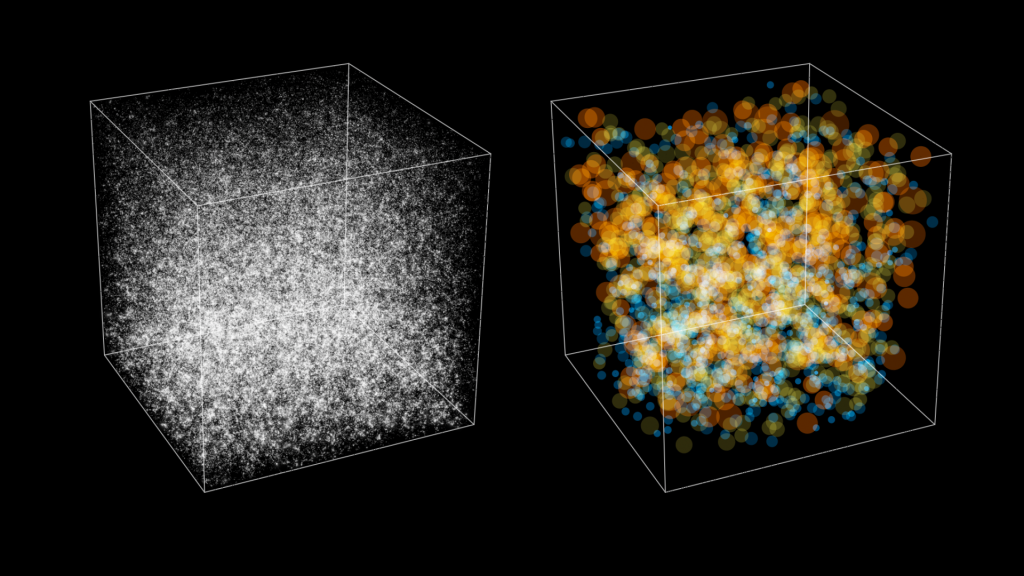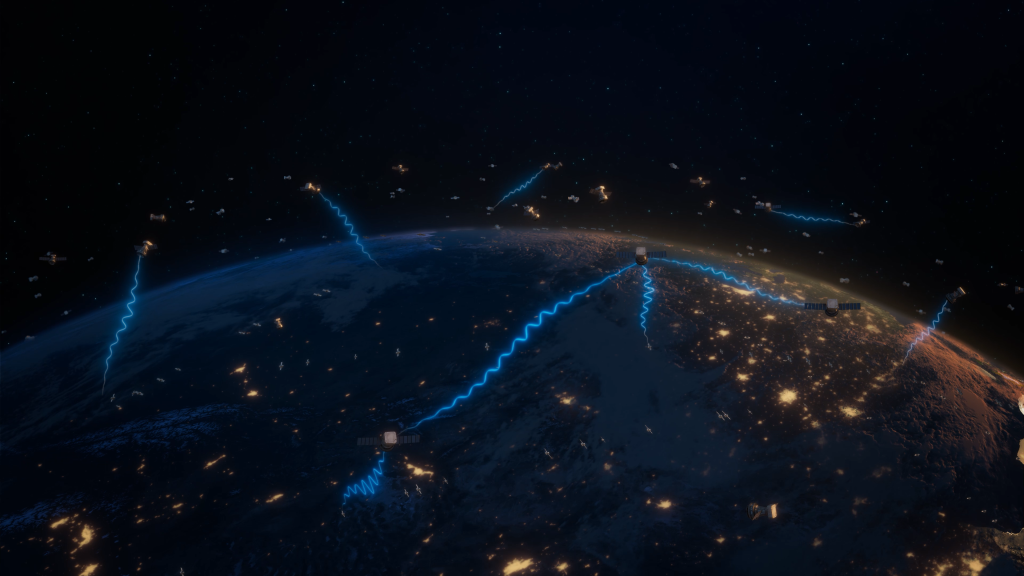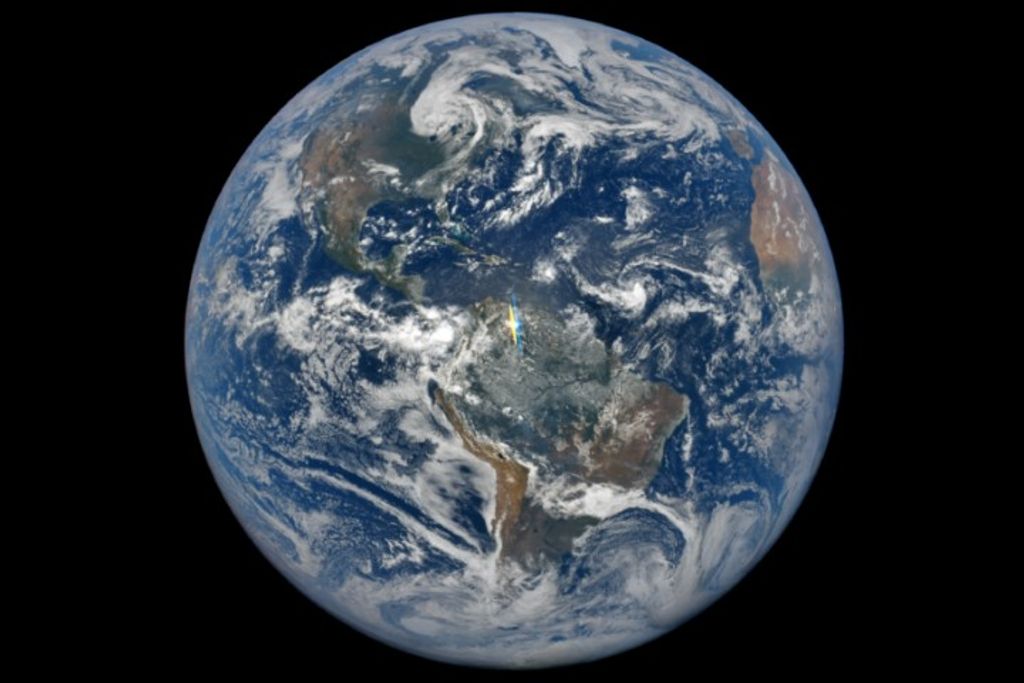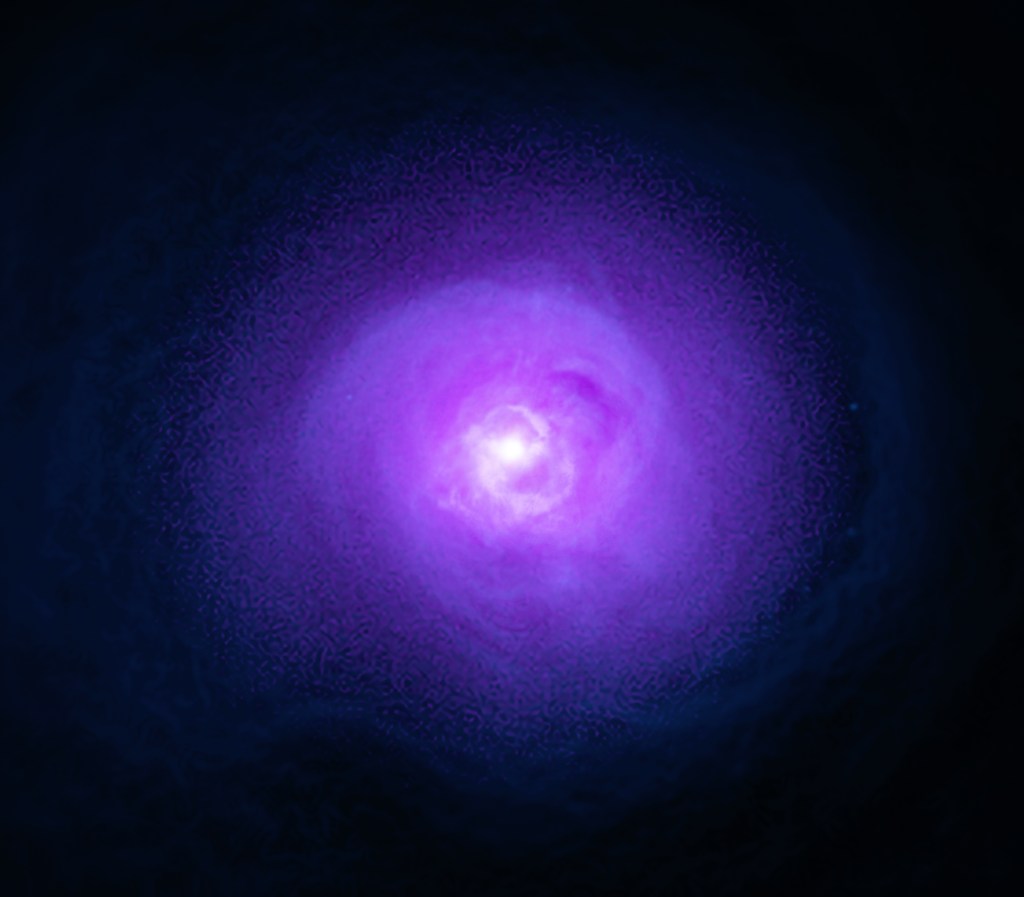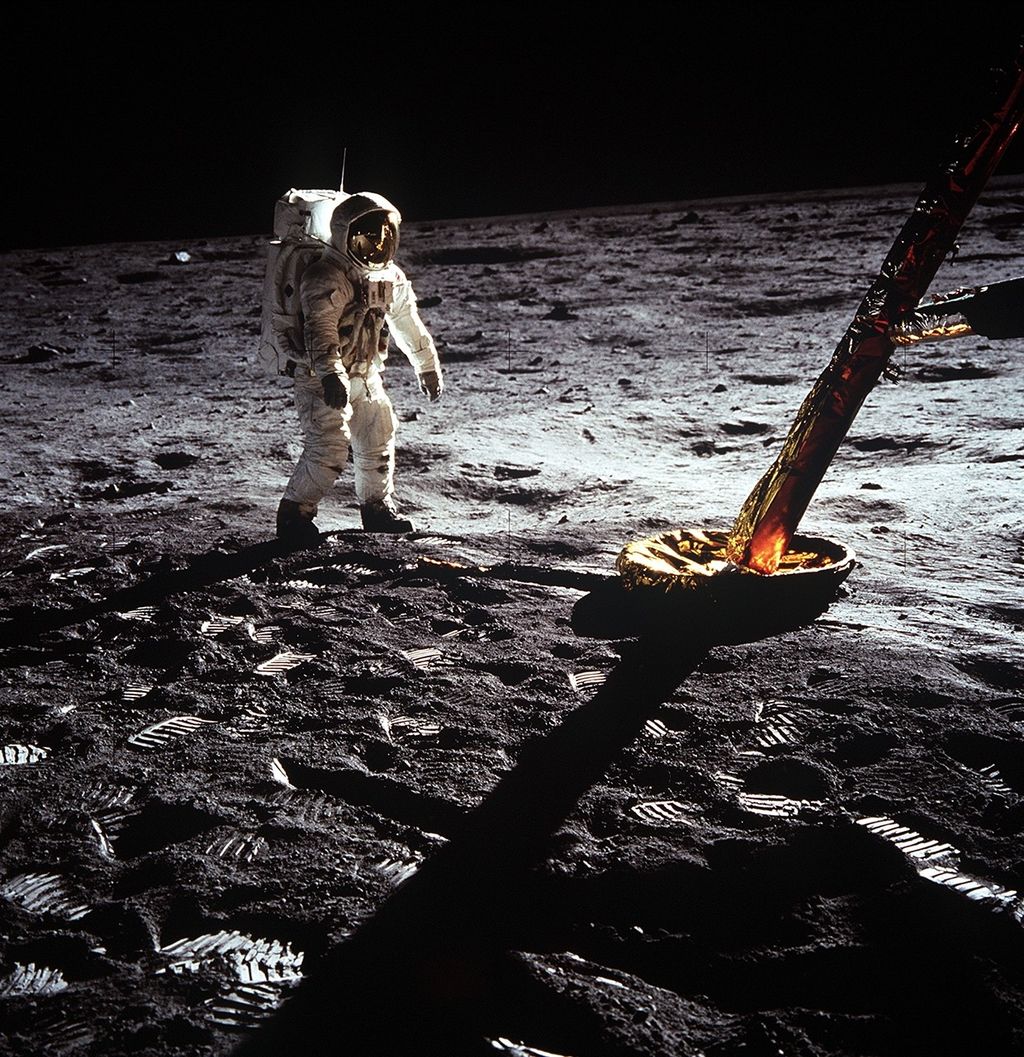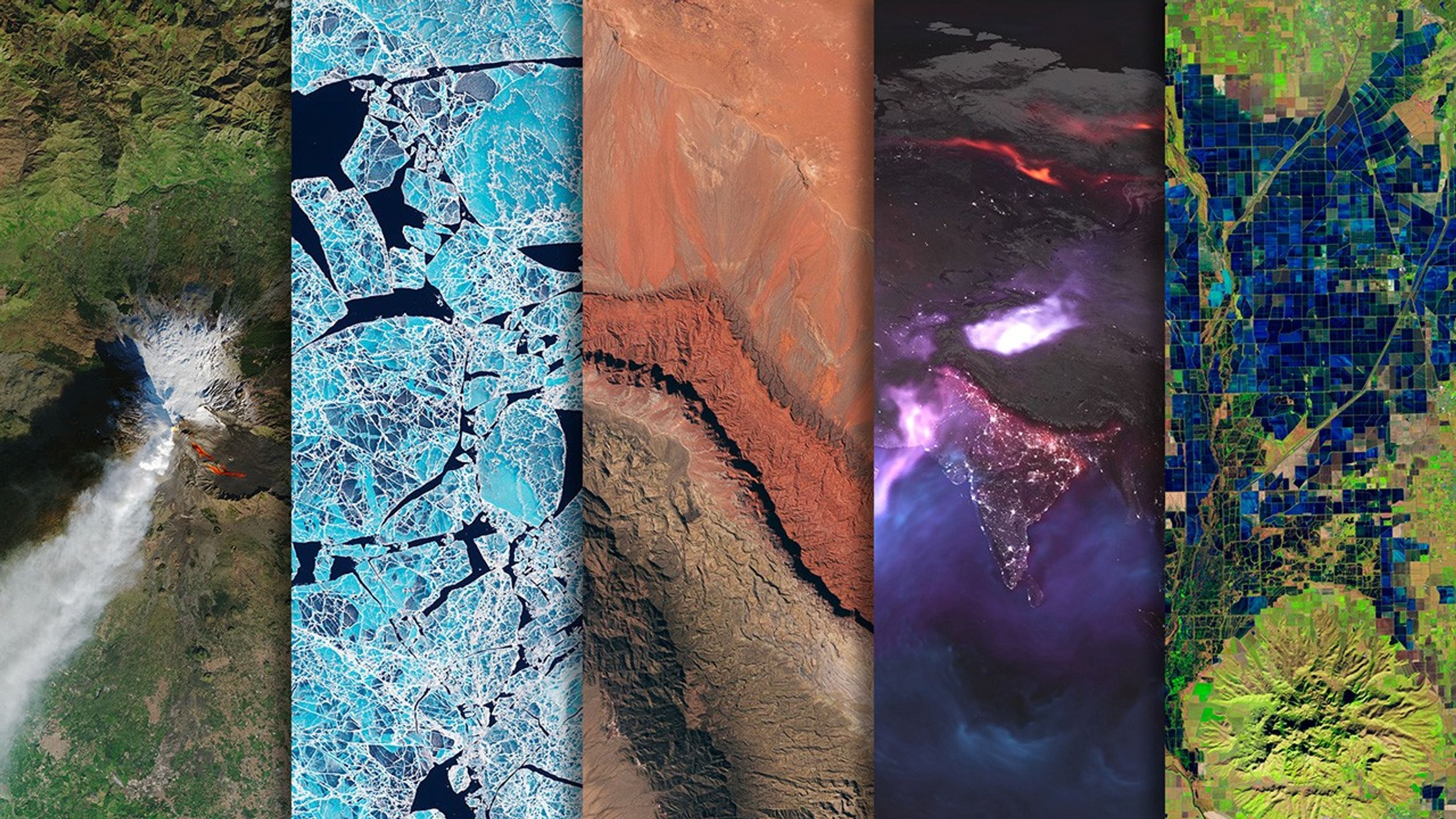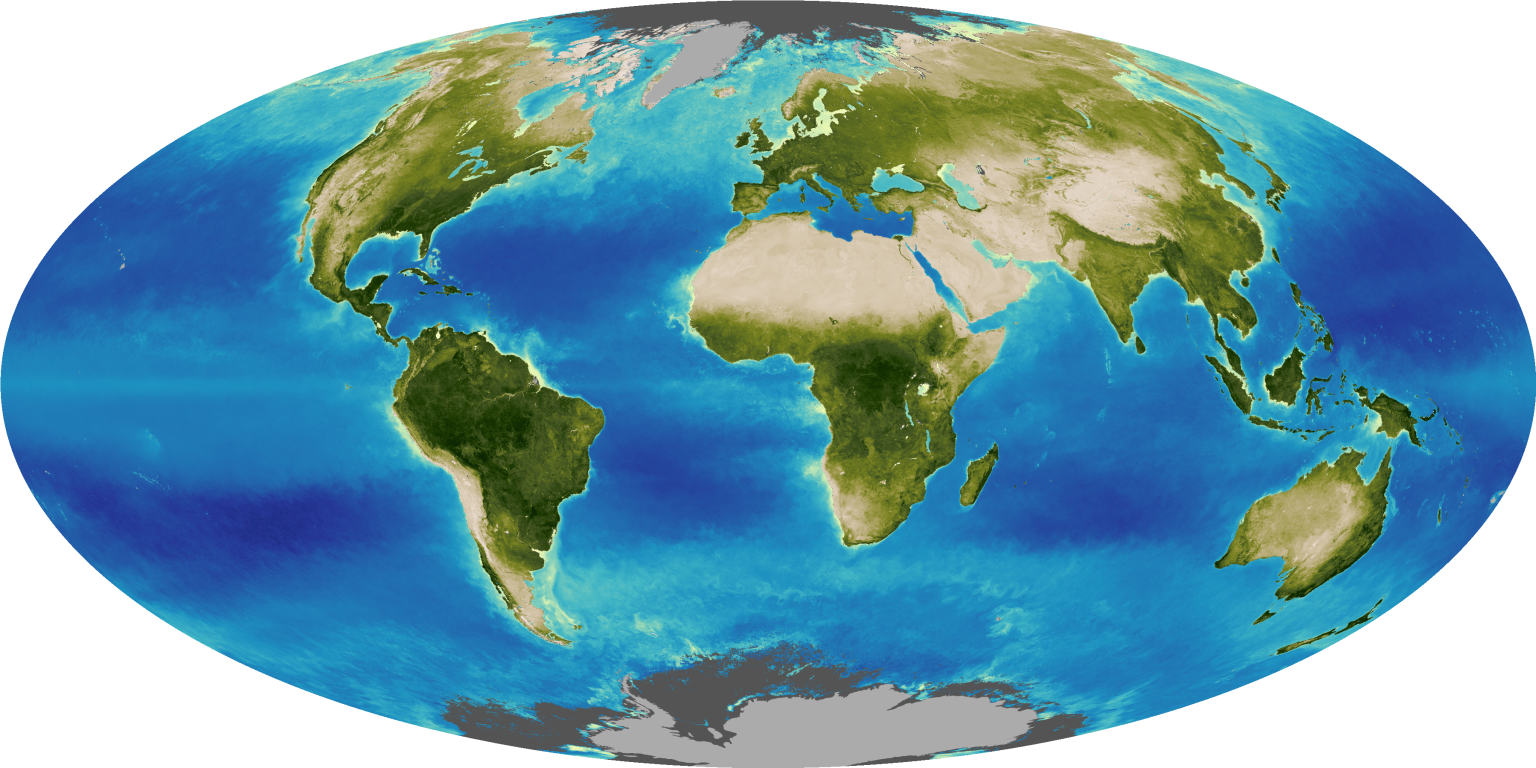World of Change: Solar Activity
- World of Change: Padma River
- World of Change: Sprawling Shanghai
- World of Change: Ice Loss in Glacier National Park
- World of Change: Snowpack in the Sierra Nevada
- World of Change: Development of Orlando, Florida
- World of Change: Growing Deltas in Atchafalaya Bay
- World of Change: Coastline Change
- World of Change: Managing Fire in Etosha National Park
- World of Change: Green Seasons of Maine
- World of Change: Columbia Glacier, Alaska
- World of Change: Athabasca Oil Sands
- World of Change: Seasons of the Indus River
- World of Change: Global Temperatures
- World of Change: Seasons of Lake Tahoe
- World of Change: Devastation and Recovery at Mt. St. Helens
- World of Change: Collapse of the Larsen-B Ice Shelf
- World of Change: Mountaintop Mining, West Virginia
- World of Change: Yellow River Delta
- World of Change: Drought Cycles in Australia
- World of Change: El Niño, La Niña, and Rainfall
- World of Change: Severe Storms
- World of Change: Burn Recovery in Yellowstone
- World of Change: Global Biosphere
- World of Change: Antarctic Ozone Hole
- World of Change: Amazon Deforestation
- World of Change: Antarctic Sea Ice
- World of Change: Shrinking Aral Sea
- World of Change: Arctic Sea Ice
- World of Change: Water Level in Lake Powell
- World of Change: Mesopotamia Marshes
- World of Change: Urbanization of Dubai
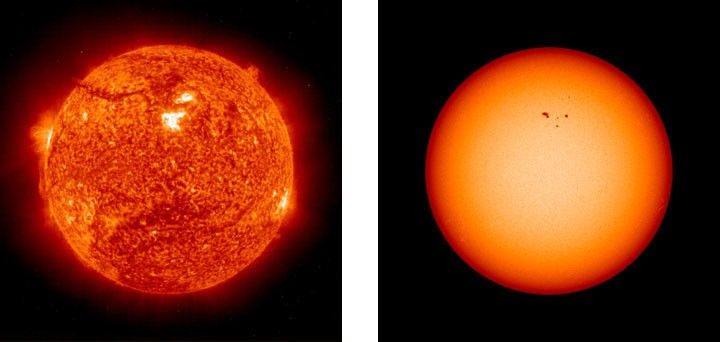









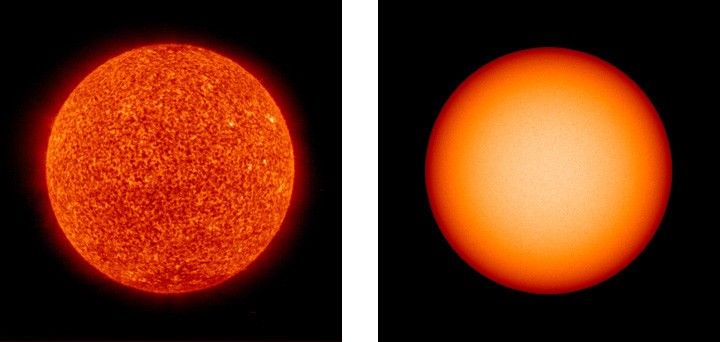

Over the span of 11 years, the Sun’s activity waxes and wanes as magnetic field lines that are wound and tangled inside the Sun periodically break through to the surface. These breakthroughs produce a pair of sunspots of opposite magnetic polarity, one positive and the other negative, that travel together across the face of the Sun. The heightened magnetic activity associated with sunspots can lead to solar flares, coronal mass ejections, and other far-reaching electromagnetic phenomena that endanger astronauts and damage or disrupt satellites.
This series of images from the Solar and Heliospheric Observatory (SOHO) spacecraft shows ultraviolet light (left) and sunspots (right) each spring from 1999 through 2010. Sunspots darken the visible surface of the Sun, while observations of ultraviolet light reveal how the magnetic activity that produced the sunspots excited the overlying solar atmosphere, producing intensely bright areas. As Solar Cycle 23 reached its peak between 2000-2002, numerous sunspots speckled both hemispheres, and then their numbers dramatically dropped off as the cycle went toward its minimum.
If you map the location of the spots on the Sun’s surface over the course of a solar cycle, the pattern they make is shaped like a butterfly. The reason for the butterfly pattern is that the first sunspots of each new solar cycle occur mostly at the Sun’s mid-latitudes, but as the solar cycle progresses, the area of maximum sunspot production shifts toward the (solar) equator.
Solar Cycle 24 began in early 2008, but there was minimal activity through early 2009. The image from April 29, 2009, does show a pair of small sunspots (far right, most visible in large image), but the location of the spots near the equator means that they belong to solar cycle 23. The sunspots visible in the images from May 2, 2010, however, are from the new cycle. The most recent forecast from the Space Weather Prediction Center is that solar cycle 24 will be of below-average intensity, and that it will peak in May 2013.
The small changes in solar irradiance that occur during the solar cycle exert a small influence on Earth’s climate, with periods of intense magnetic activity (the solar maximum) producing slightly higher temperatures, and solar minimum periods such as that seen in 2008 and early 2009 likely to have the opposite effect.



